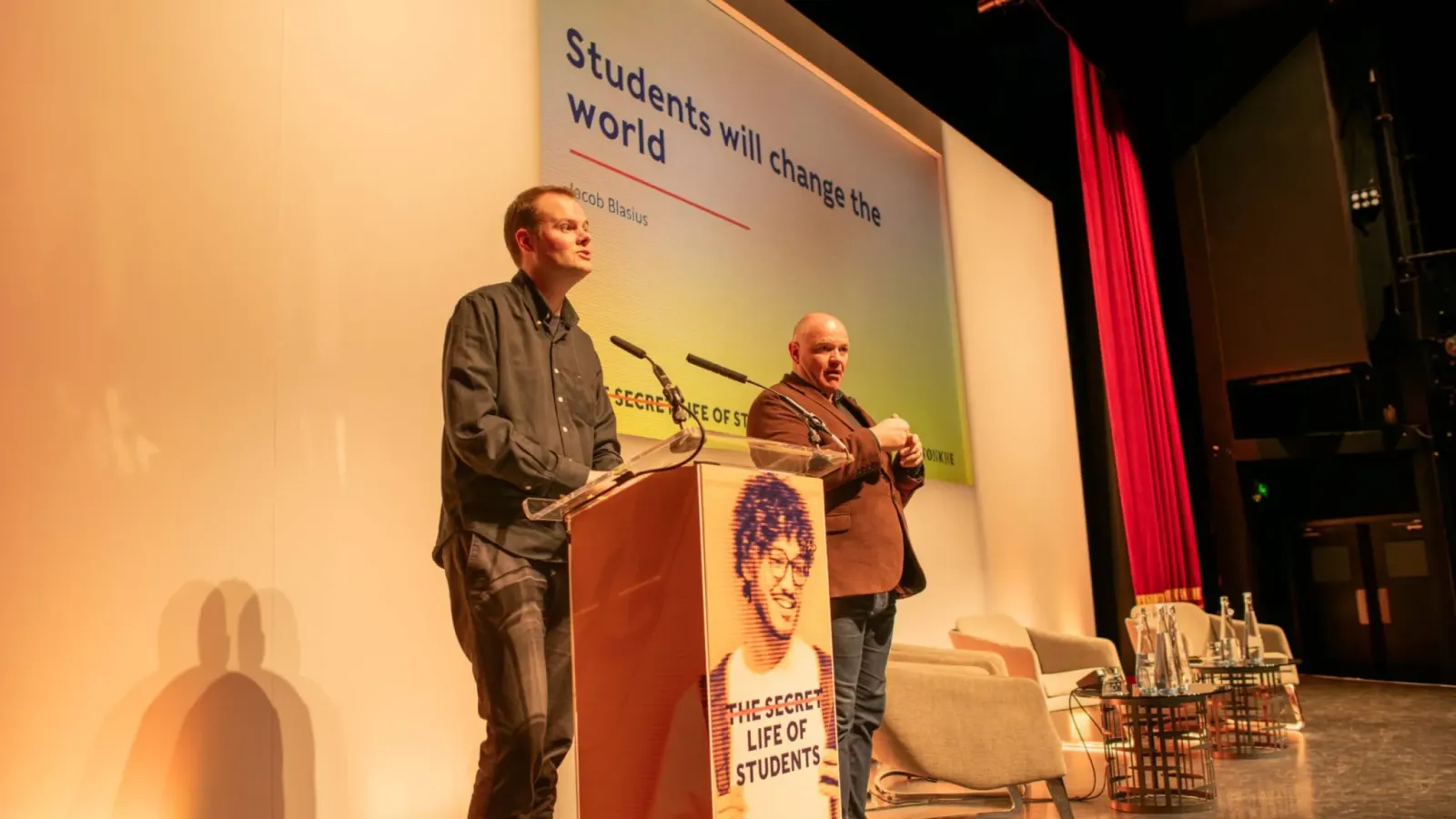One of the earliest attempts to bring students from different countries together occurred in 1842 at Lund University in Sweden. The university organized an international conference and invited students from around the world. However, the participants were predominantly from European countries. The specific outcomes of this conference remain somewhat unclear, but it is often referenced as an early attempt at international student collaboration.
A more formalized effort emerged in 1898 with the creation of the International Federation of Students, also known as Corda Fratres or Cor de Fratress. This organization was founded in Turin, Italy, and it originated from festive and carnival societies prevalent in European universities. These societies were dedicated to organizing carnivals, fun events, and fundraising activities within local towns.
The first president of Cor de Fratress was from Turin, and the organization was initially male-dominated, with one female delegate, Amelia Santa Maria from Rome, serving as the secretary at the first conference. Despite its initial European focus, Cor de Fratress quickly expanded its reach to include students from countries such as Australia, Brazil, Egypt, Chile, Malta, India, China, and the United States. There were particularly strong connections with the United States, where similar student organizations were active.
The primary objectives of Cor de Fratress were to promote friendship and mutual understanding among students worldwide. The organization aimed to address issues of general interest to students, excluding political or religious matters. Its activities included providing intellectual and material advantages to members, facilitating international study stays, promoting language and literature exchange, organizing congresses and meetings, and encouraging international sports competitions.
However, from the outset, Cor de Fratress faced significant challenges and internal tensions. Leadership disputes arose between Italy and France, and there were divisions among Jewish students within the organization, split between pro- and anti-Zionist factions. These political and religious tensions frequently disrupted conferences and meetings.
In addition to Cor de Fratress, other student organizations based on religion, academic discipline, and sports emerged during this period. For example, the World Student Christian Federation and the International Federation of University Women were formed to bring together like-minded students and promote international cooperation in specific areas.
Despite these efforts, creating a student body with a strong advocacy role proved difficult. Key questions persisted regarding funding, legitimacy, and independence. Who would provide the funding, and what strings might be attached? Who would represent each country, especially when multiple unions or politically affiliated student groups existed? How could the organization maintain autonomy and freely criticize home governments if needed?
These issues of funding, legitimacy, policy positions, and independence continually surfaced throughout the history of international student organizations. The outbreak of World War I in 1914 put a pause on many of these efforts, as the war had a devastating impact on communities and universities worldwide. With millions of military personnel and civilians killed, the focus shifted towards peace and rebuilding in the immediate aftermath of the war.
During and after the war, student movements and organizations reflected the broader social and political upheavals of the time. Efforts to create international student organizations were part of a larger push for global peace, solidarity, and intellectual exchange, but they often struggled with internal and external pressures that shaped their development and activities.
These early international student organizations laid the groundwork for future cooperation and set the stage for more formalized and structured efforts in the years leading up to World War II. Despite their challenges, they demonstrated the potential for students to come together across borders to address common issues and promote mutual understanding.








